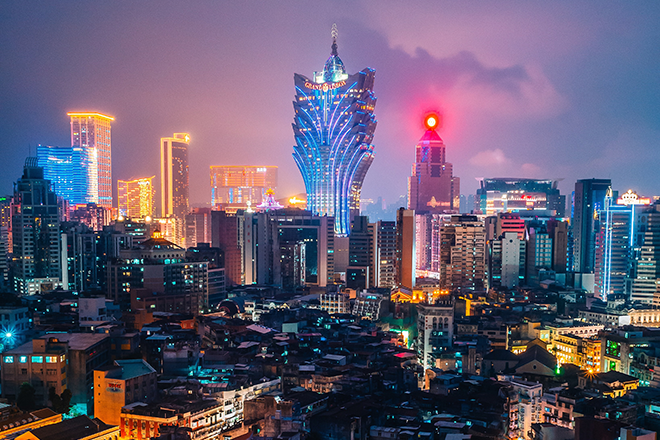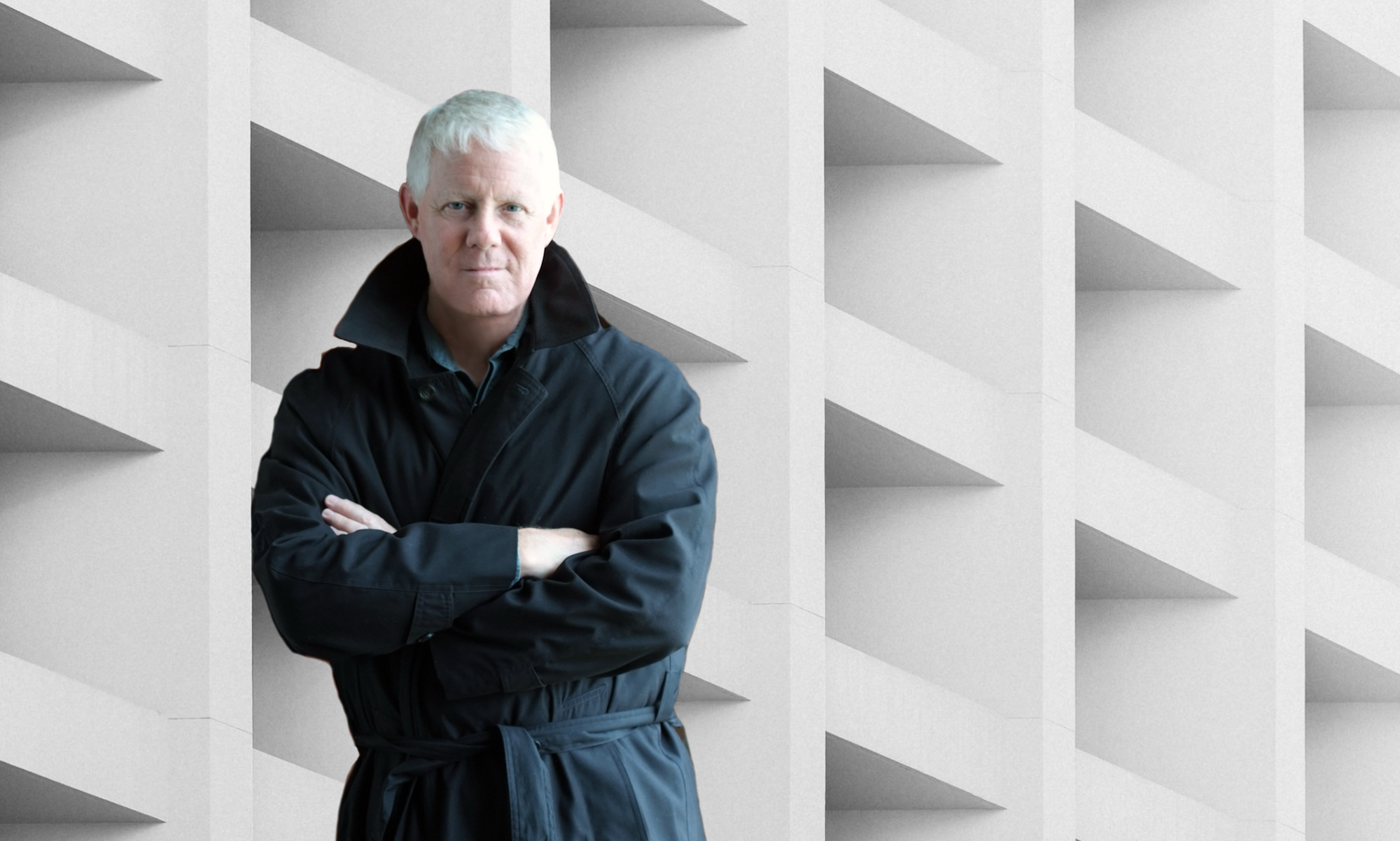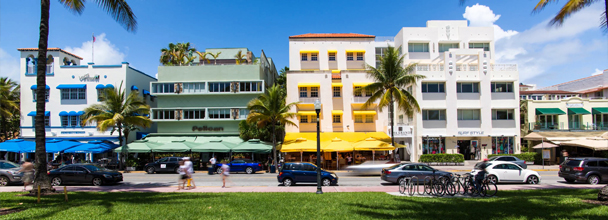
People ask me why I’ve set the next installment of the “Murder Becomes” series in Macau. There are several reasons.
First, Macau (and its neighbor, Hong Kong) are exotic locales that have always fascinated me.
I had the good fortune of traveling to Hong Kong on business several times during the 1980s and visiting Macau twice. They are both places that offer mystery and surprises around just about every corner.
Second, both Macau and Hong Kong abound with amazing architecture, which of course is essential to the books’ protagonist, architect/detective Dalton Lee. In Macau, you have the historic architecture from its period as a Portuguese colony paired with the modern architecture found in its many casinos. You’ll learn fascinating details about both in the upcoming book.
Meanwhile, Hong Kong teems with stunning skyscrapers, guided often by the principles of feng shui.
Finally, Macau begins with the letter ‘M,’ as do all the destinations in the “Murder Becomes’ series. One does not have to have read, “Murder Becomes Manhattan,” “Murder Becomes Miami” or “Murder Becomes Mayfair,” to understand this next book in the series. But doing so can help one get into the groove of what’s going on.
I hope you enjoy “Murder Becomes Macau” once it comes out in late 2023!

 Last night I sat down to a plate of calamari and a glass of pinot grigio at my favorite Italian restaurant to map out the plot to my next book, “Murder Becomes Miami.” Even though “Murder Becomes Manhattan” just landed a few weeks ago, I am itchin’ to carry on the tale of Dalton Lee and the architect/detectives who make up The Lee Group.
Last night I sat down to a plate of calamari and a glass of pinot grigio at my favorite Italian restaurant to map out the plot to my next book, “Murder Becomes Miami.” Even though “Murder Becomes Manhattan” just landed a few weeks ago, I am itchin’ to carry on the tale of Dalton Lee and the architect/detectives who make up The Lee Group.